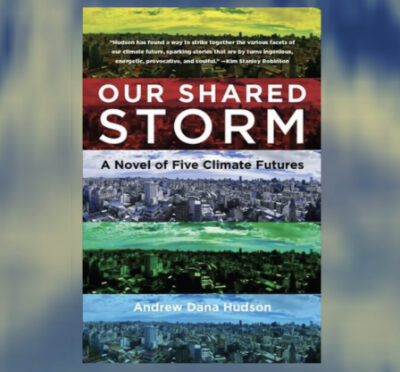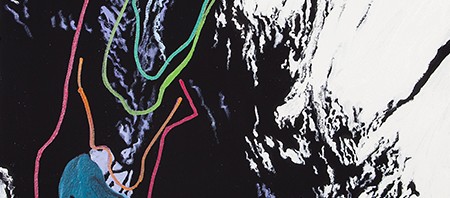Tag: climate change
-

Our Shared Futures
Can climate fiction help us see our way through the maze of possible futures we face? Can it help us move forward from our present moment? Andrew Dana Hudson’s slim novel, Our Shared Storm: A Novel of Five Climate Futures, engages these questions directly, by imagining how four characters’ lives would…
-

Thinking about Gaia
In this month of Earth Day and marching for science and climate, I’m thinking about Gaia. A hashtag popped up on Twitter last week: #ifonlytheearthcouldspeak. Yes! That’s a good prompt to contemplate right now. The hashtag elicited a range of responses from funny and snarky to thoughtful and earnest. Some tweeters suggested that…
-

Talking with Diane Burko on art and climate change
My conversation with climate artist Diane Burko was posted on Creative Disturbance, a podcasting platform for dialogue among artists and scientists on sustainability and environmental issues. We’re happy to join others on their Art & Earth Sciences channel, shining different lights on urgent issues relating to climate change—especially this week, as the…

